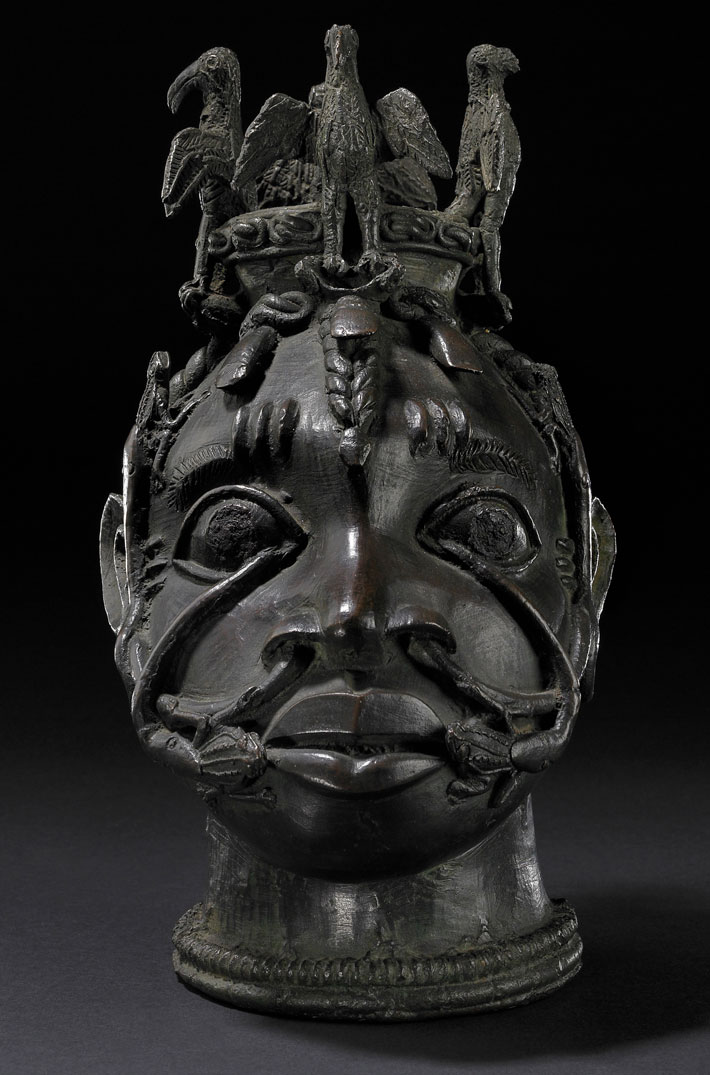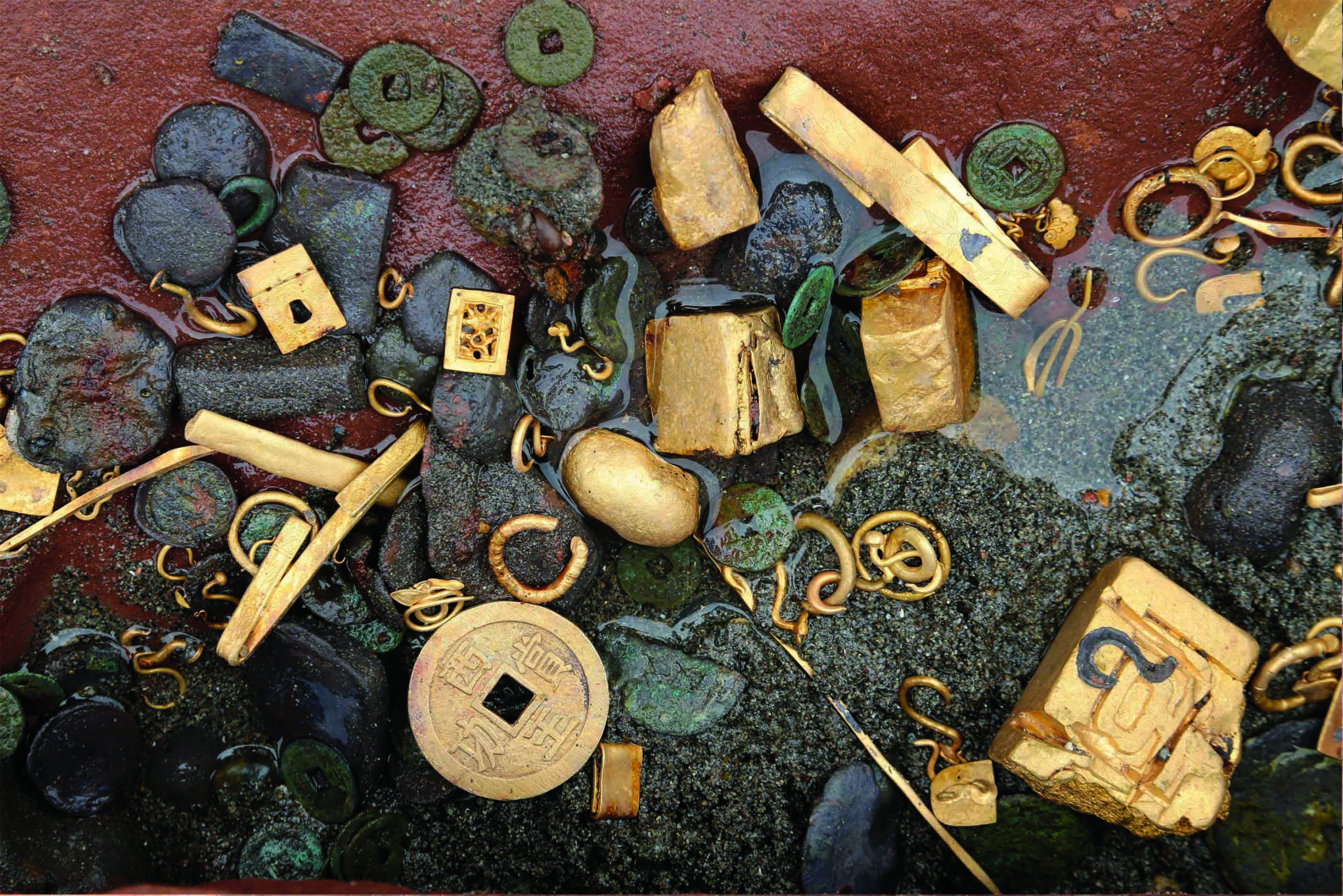GUIZHOU PROVINCE, CHINA—According to a Xinhua report, a modern human molar; animal bones; and objects made of stone, bone, and horn have been unearthed in southwestern China at the Chuandong site by researchers from the Guizhou Provincial Cultural Relics and Archaeology Institute and the Chinese Academy of Sciences' Institute of Vertebrate Paleontology and Paleoanthropology. Discovered in 1978, the newly excavated layer in which the artifacts were found has been dated to more than 50,000 years ago. Three burials dated to 10,000 years ago and a bone fishhook were also found at the site. For more on Homo sapiens in China, go to "An Opportunity for Early Humans in China."
When Did Modern Humans Occupy China?
News January 18, 2024
Recommended Articles
Digs & Discoveries November/December 2025
Ancient Look Book
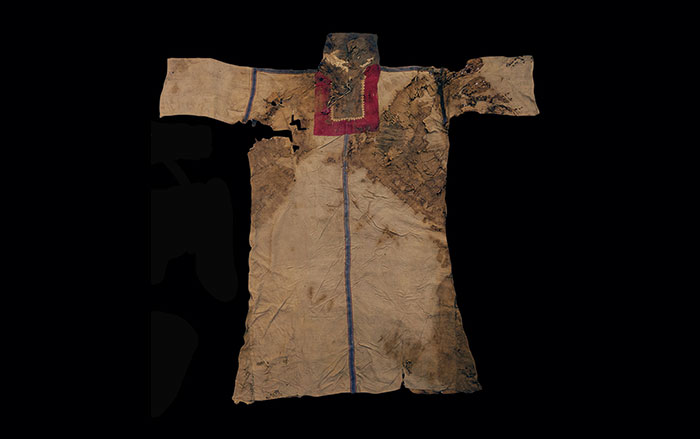
Digs & Discoveries September/October 2025
A Chinese Frontier Fort
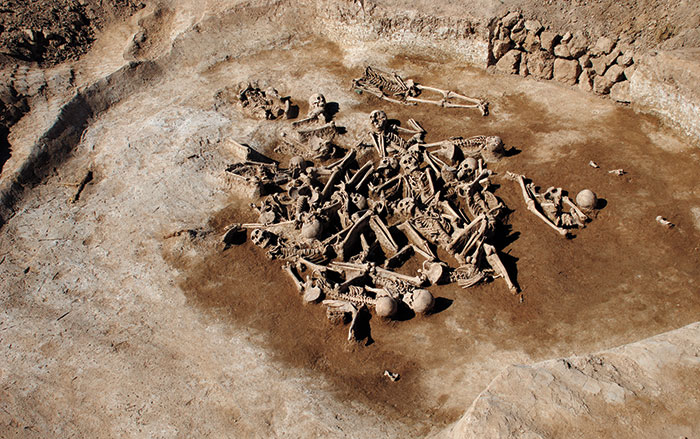
Features September/October 2025
Myth of the Golden Dragon
Eclectic artifacts from tombs in northeastern China tell the story of a little-known dynasty
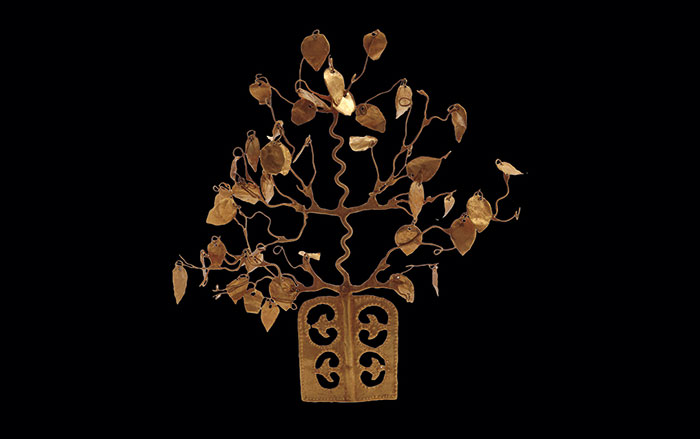
Features March/April 2025
Unearthing an Elusive Empire
Archaeologists have discovered rare evidence of an enlightened medieval dynasty that ruled much of Central Asia
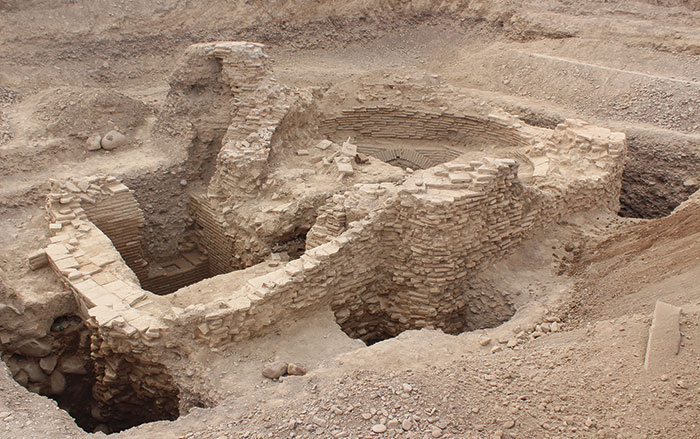
-
Features November/December 2023
Assyrian Women of Letters
4,000-year-old cuneiform tablets illuminate the personal lives of Mesopotamian businesswomen
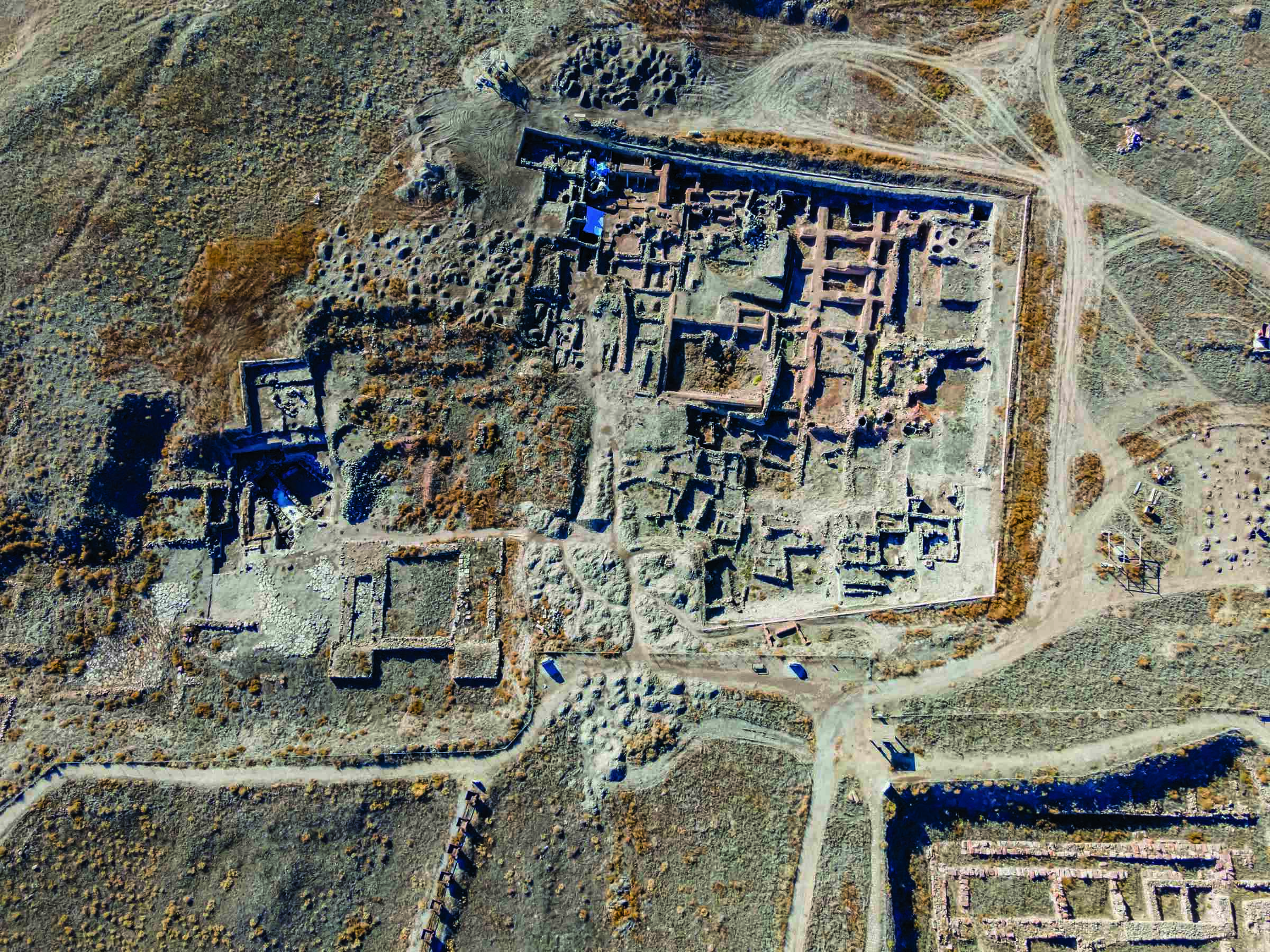 (Attraction Art/Adobe Stock)
(Attraction Art/Adobe Stock) -
Letter from El Salvador November/December 2023
Uneasy Allies
Archaeologists discover a long-forgotten capital where Indigenous peoples and Spanish colonists arrived at a fraught coexistence
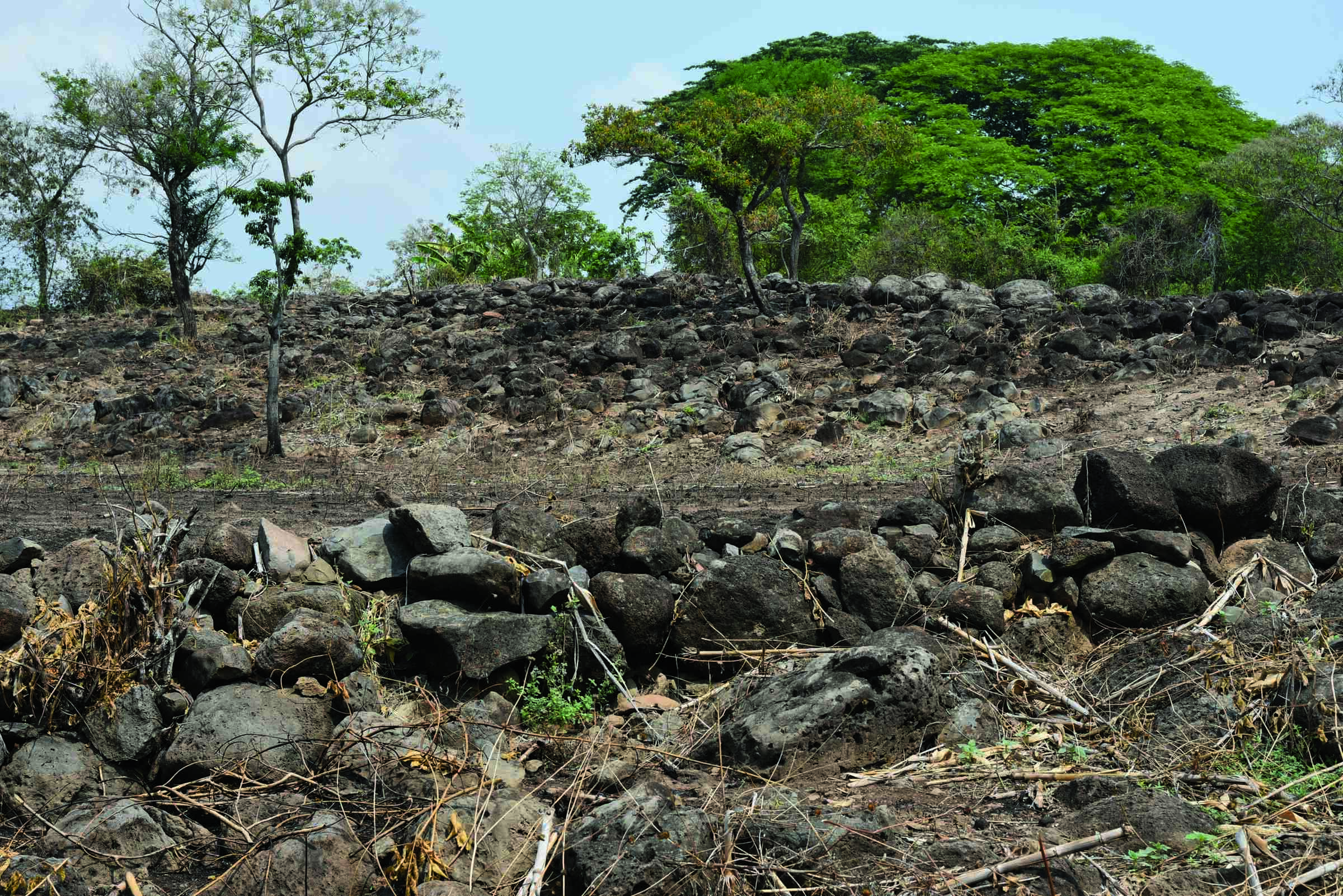 (Courtesy Roger Atwood)
(Courtesy Roger Atwood) -
Artifacts November/December 2023
Sculpture of a Fist
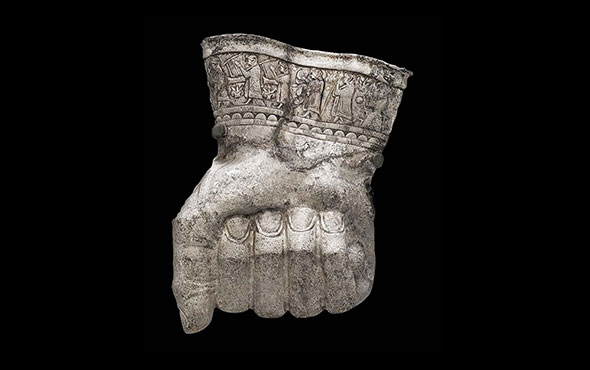 (Museum of Fine Arts, Boston/Bridgeman Art Library)
(Museum of Fine Arts, Boston/Bridgeman Art Library) -
Digs & Discoveries November/December 2023
The Benin Bronzes’ Secret Ingredient
